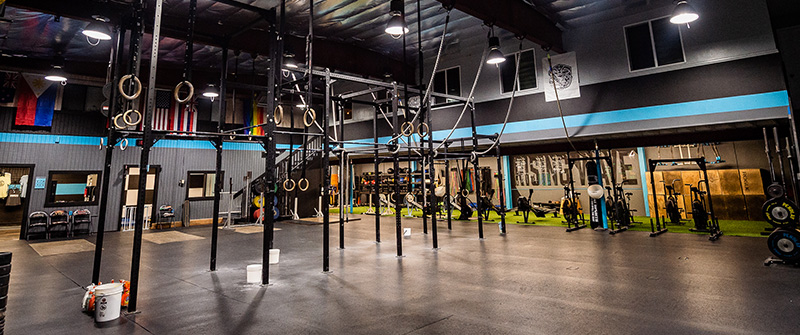CrossFit gyms have become popular hubs for fitness enthusiasts seeking intense, diverse workouts that push them to the max and beyond. However, due diligence and foresight are critical for gym management success as they enable proactive decision-making and strategic planning. Now that 2024 is here, it’s time to put in the work and steer clear of the following CrossFit gym management mistakes.
1. Neglecting Digital Presence
In the digital age, an online presence is paramount. Failing to invest in a robust website, social media, and online gym marketing can leave your CrossFit business invisible to potential members. Create engaging content, showcase success stories, and leverage social media platforms to connect with your community.
2. Poorly Trained Staff/Trainers
A knowledgeable and motivated staff is the backbone of any successful gym. Neglecting to invest in ongoing training for coaches and support staff can lead to subpar workouts, dissatisfied members, and a tarnished reputation. Regular workshops and certifications ensure your team stays current with industry trends and best practices.
3. Ignoring Member Feedback
Member feedback is invaluable for gym improvement. Overlooking or dismissing member suggestions can result in a stagnant fitness atmosphere. Regularly collect feedback through surveys, suggestion boxes, or personal discussions to address concerns, implement improvements, and demonstrate a commitment to member satisfaction.
4. Poor Financial Management
Financial stability is the bedrock of any business. Inadequate budgeting, overspending, and neglecting to track expenses can lead to financial turmoil. Implement effective financial management systems, regularly review budgets, and allocate gym marketing resources wisely to ensure your CrossFit gym remains financially sound.
5. Inconsistent Programming
CrossFit thrives on variety, but inconsistent programming is often synonymous with member dissatisfaction. Maintain a balanced mix of workouts that cater to different fitness levels and goals. Regularly update and communicate that programming to keep members engaged and motivated.
6. Overlooking Equipment Maintenance
CrossFit gyms rely on specialized equipment. Neglecting regular maintenance can lead to safety hazards, equipment failure, member injuries, and liability claims that cause your gym to hemorrhage financially and reputation-wise. Implement a proactive maintenance schedule, conduct regular equipment checks, and promptly address issues to ensure a safe workout environment.
7. Ineffective Member Onboarding
A seamless onboarding process is crucial for member retention. Failing to provide proper orientation, goal-setting sessions, and personalized attention can lead to member disengagement. Invest in a comprehensive onboarding program to help new members feel welcome and motivated.
8. Insufficient Community Building
Much of CrossFit’s success is rooted in its strong sense of community. Failing to foster connections among members can lead to a lackluster and unsupportive atmosphere. Organize community events, competitions, and social gatherings to strengthen bonds among members and create a supportive environment.
9. Inadequate Marketing Strategy
Successful CrossFit businesses utilize effective gym marketing strategies. Relying solely on word-of-mouth or outdated marketing methods can severely limit your reach and gym’s success. Embrace digital marketing, use social media advertising, and employ strategies like referral programs to attract new members and keep your community growing.
10. Ignoring Industry Trends
The fitness industry is dynamic, with trends evolving constantly. Failing to stay informed about emerging fitness trends, equipment innovations, and industry developments can result in stagnation. Regularly attend CrossFit events, engage with Affiliate communities, and stay abreast of trends to keep your CrossFit gym ahead of the curve.
Conclusion
In 2024, managing a CrossFit gym demands a strategic and forward-thinking approach so gym owners can implement practical yet effective solutions to mitigate risks before they escalate. By avoiding the mistakes above, gym owners can navigate the dynamic fitness industry, adapt to changing trends, and create a sustainable environment for long-term success.

